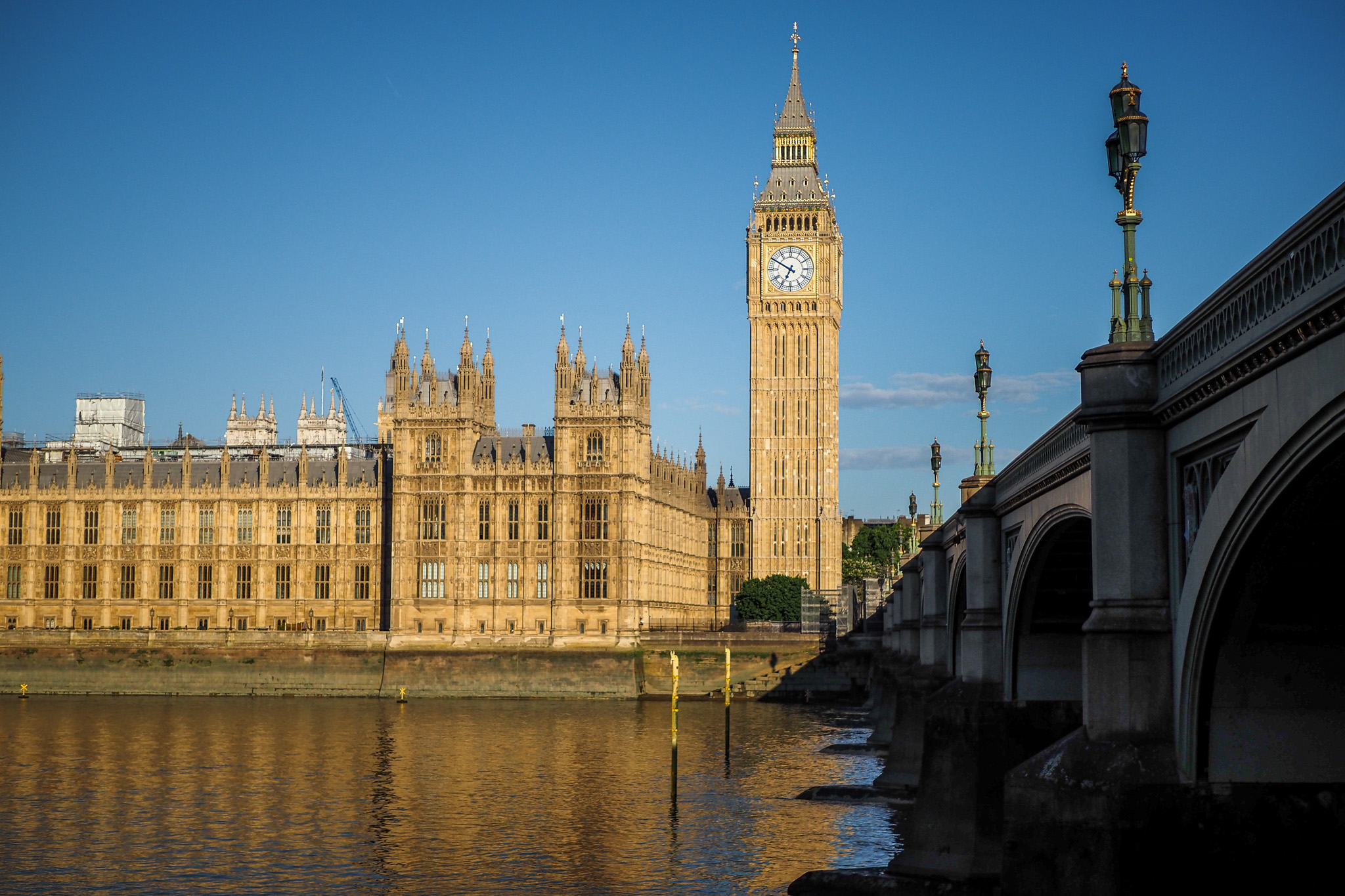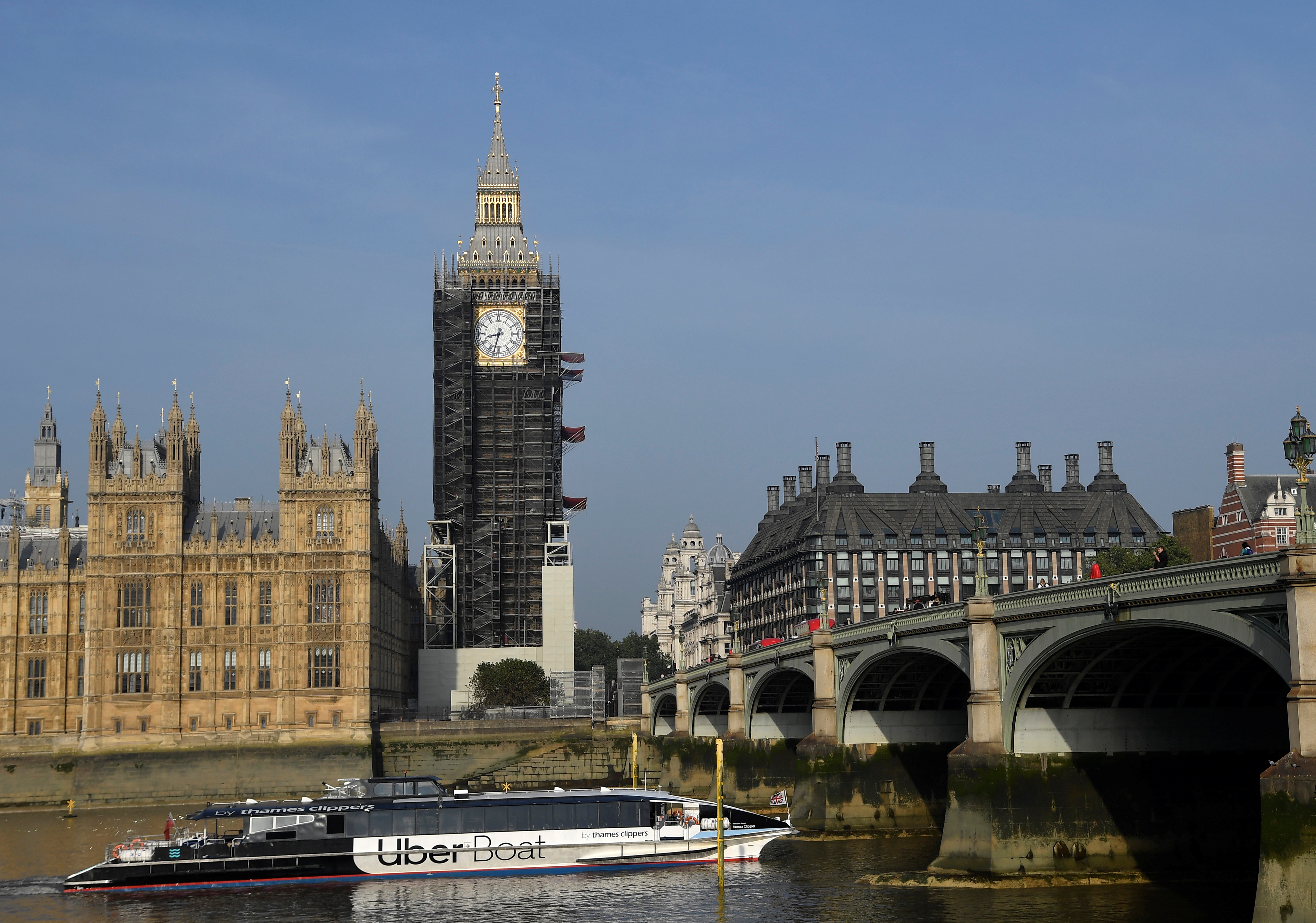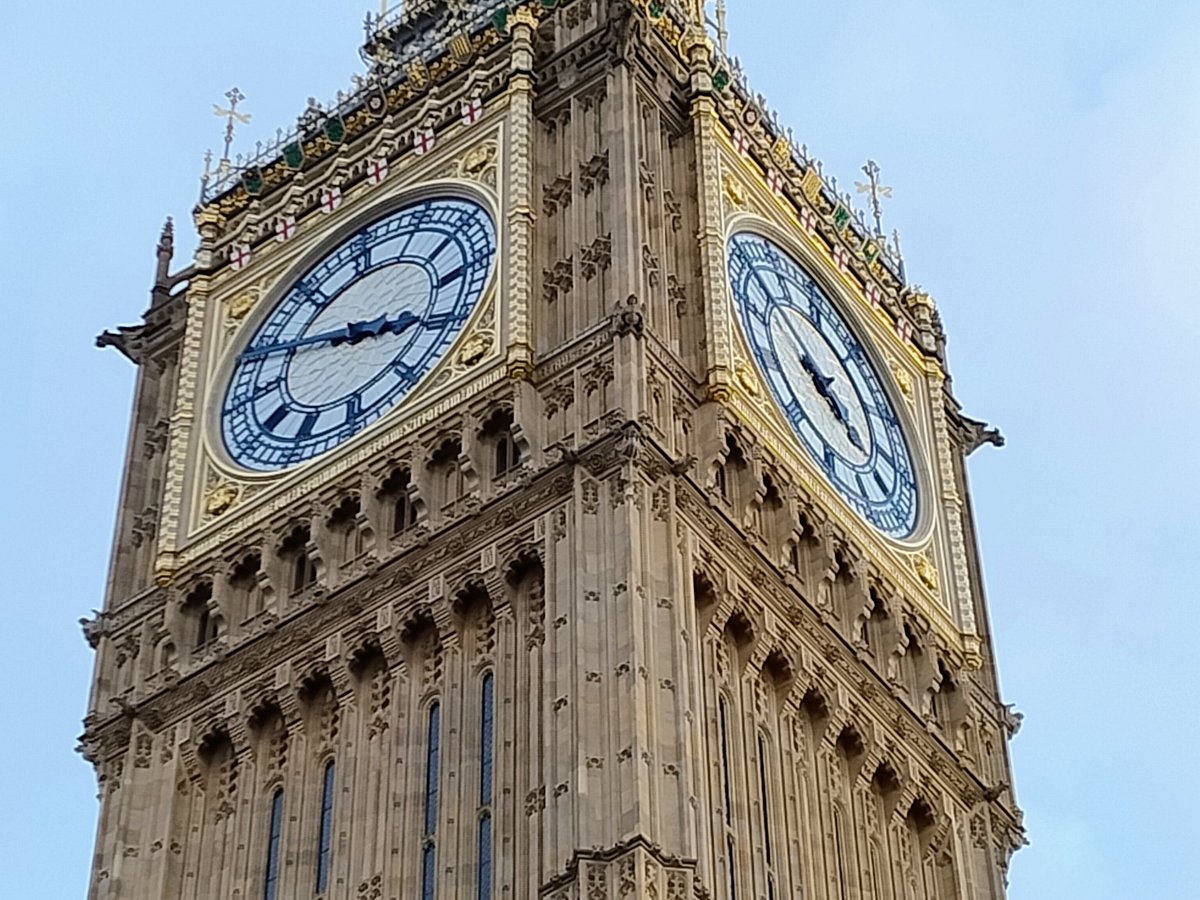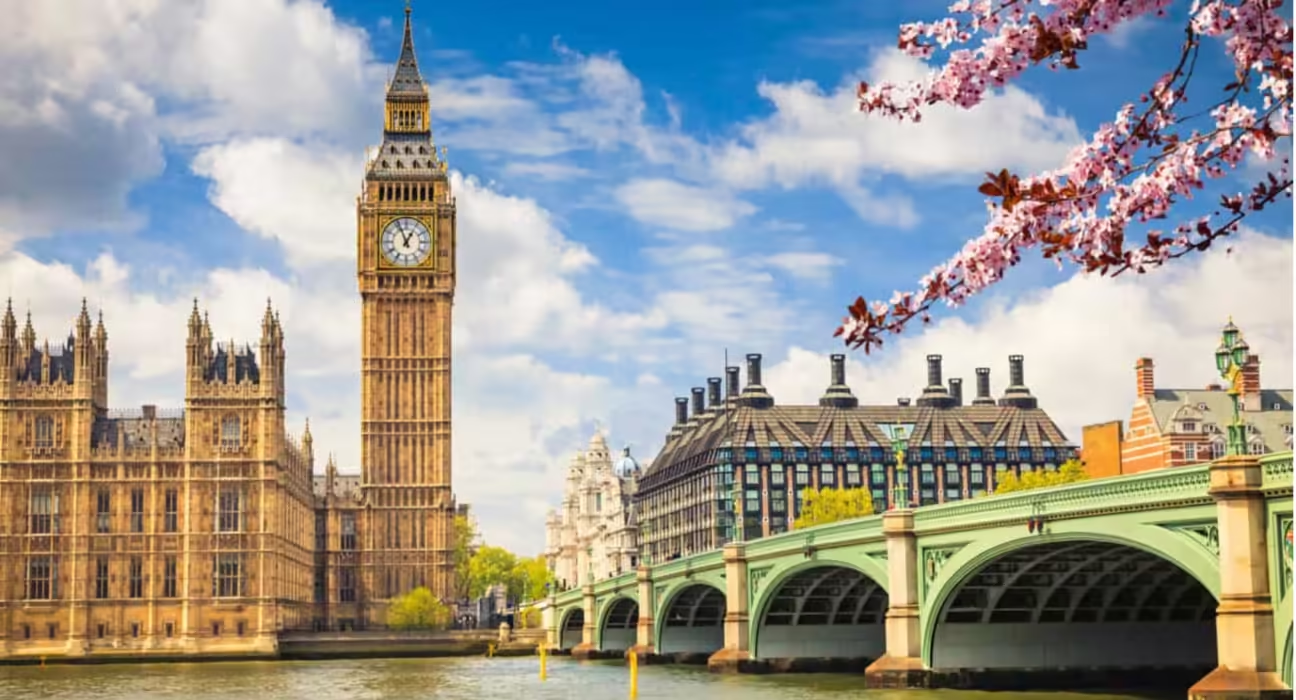The Big Ben Tower stands as an emblem of not just London, but of the entire British cultural heritage. This extraordinary architectural masterpiece has witnessed the course of history, serving as a timekeeper and a monument to human ingenuity. Its intricate design and significant historical context make it more than just a tourist attraction; it’s a symbol of time itself, bridging past and present.
The Architectural Marvel of Big Ben Tower
The Big Ben Tower, officially known as the Elizabeth Tower, is a remarkable example of Gothic Revival architecture. Its construction was completed in the year 1859, making it a historical landmark that continues to echo through the ages. As we delve deeper into the aspects of this tower, we can explore its design elements, construction techniques, and the significance of its height.
Design Elements That Captivate
:max_bytes(150000):strip_icc()/GettyImages-560641539-d3ebdfb5fdeb42ba9c3521727d0e02eb.jpg)
The moment you lay eyes on the Big Ben Tower, you are immediately struck by its intricate design. The tower reaches approximately 96 meters into the sky, a towering presence that dominates the Westminster skyline.
The use of Gothic Revival style is prevalent throughout the structure. With pointed arches, ribbed vaults, and flying buttresses, the design reflects a romanticized interpretation of medieval architecture. This aesthetic choice wasn’t merely decorative; it also served practical purposes, allowing for higher ceilings and larger windows, flooding the interior with light.
Moreover, the clock face is another marvel in itself. Its massive diameter, adorned with Roman numerals, creates a visual spectacle while still being functional. The surrounding ornate details, including the gilded tower crown, add elegance that contrasts beautifully with its sturdy base.
Construction Techniques and Challenges

Constructing the Big Ben Tower was no small feat. The engineering techniques used were groundbreaking for their time. Workers had to devise methods to ensure the clock mechanism would operate effectively amidst London’s unpredictable weather conditions.
One of the most significant challenges faced during construction was the sinking of the tower’s foundations. Built on soft clay, the structure began to lean slightly. Engineers recognized the problem early on and managed to correct it by adding additional support, ensuring the tower would remain standing for generations to come.
These challenges highlighted the innovative spirit of Victorian-era engineers and craftsmen, who relied heavily on manual labor and rudimentary machinery. Their dedication and commitment allowed them to create a monument that would stand the test of time.
Significance of Height in Context
The height of the Big Ben Tower serves various symbolic purposes. It not only represents the importance of the British Parliament but also acts as a beacon of hope and unity for the people of London. Standing tall against the backdrop of a bustling city, the tower is a reminder of resilience and endurance.
Additionally, its height allows it to be seen from miles away, further solidifying its status as a landmark. The powerful chiming sound of Big Ben resonates across the city, marking the passage of time and connecting residents and visitors alike. In a world that seems to move faster every day, the Big Ben Tower serves as a pause, inviting reflection amid chaos.
Cultural Impact of Big Ben Tower

Beyond its physical attributes, the Big Ben Tower has ingrained itself deeply in the culture of London and beyond. Its resonance extends through art, literature, media, and tourism, making it a multifaceted symbol of British identity.
A Symbol of National Identity

For many, the Big Ben Tower is synonymous with British culture. It is prominently featured in various forms of media, from films to postcards, reinforcing its status as a national icon. The image of the tower is often used to represent not only London but also England as a whole, showcasing the rich heritage of the nation.
Moreover, the tower’s bell is affectionately referred to as “Big Ben,” which adds a layer of personality to the structure. The name embodies the essence of British identity, uniting people across different communities. When one hears the iconic chimes, there’s an immediate connection to the history and culture tied to those sounds.
Influence in Art and Literature
The Big Ben Tower has inspired countless artists and writers over the years. Poets have penned verses celebrating its grandeur, while painters have captured its beauty against the ever-changing London sky.
The imagery of the tower frequently appears in children’s books, symbolizing adventure and discovery. Even in modern storytelling, it serves as a backdrop for numerous plots, enhancing narratives with its rich historical context.
Additionally, film directors have utilized the Big Ben Tower as a cinematic device, associating it with moments of urgency or critical turning points within stories. Its silhouette emerging against the skyline is a clear signal of “London”, evoking feelings of nostalgia and wonder.
Tourism and Economic Impact

Tourism is a significant aspect of the cultural importance of the Big Ben Tower. Millions flock to see it each year, contributing to the local economy. The tower serves as a central hub for tourists exploring London, leading them to other historical sites like the Houses of Parliament and Westminster Abbey.
Visitors are drawn not only by its grandeur but also by the experiences that accompany a visit. Guided tours provide insights into the history and significance of the tower, enriching the knowledge of tourists. Such engagements foster a deeper appreciation of its role in shaping London’s identity.
This influx has prompted continuous investment in preservation efforts, ensuring the tower remains accessible and well-maintained for future generations. The economic benefits derived from tourism highlight the importance of maintaining the integrity of the Big Ben Tower.
Preservation Efforts for Big Ben Tower

As with any historical monument, preserving the Big Ben Tower comes with its own set of challenges. The ravages of time, pollution, and weather can take a toll on such a venerable structure. Understanding these preservation efforts provides insight into our responsibility toward heritage conservation.
Restoration Projects Over Time
Over the years, multiple restoration projects have taken place at the Big Ben Tower to address wear and tear. The most notable project began in recent years, focusing on restoring the clock mechanism and the tower’s exterior.
Experts carefully removed layers of grime and soot accumulated over decades, revealing the original colors and materials used in its construction. Every effort is made to retain the tower’s historic character while ensuring it meets modern safety standards.
Moreover, this restoration aims to improve accessibility for visitors, allowing everyone to appreciate the beauty of the tower without compromising its structural integrity. The challenge lies in balancing modern needs with the desire to maintain historical authenticity.
The Role of Technology in Preservation

Advancements in technology play a crucial role in the ongoing preservation of the Big Ben Tower. By employing modern monitoring systems, experts can keep track of environmental conditions and potential structural issues in real-time.
Smart sensors now monitor vibrations, humidity levels, and temperature fluctuations, providing invaluable data that informs maintenance decisions. These technologies enable preservationists to act proactively rather than reactively, ensuring the longevity of this iconic structure.
Incorporating new technologies doesn’t detract from the tower’s historical value; instead, it enhances the understanding of challenges faced by heritage sites worldwide. Furthermore, such innovations allow us to engage the public, raising awareness about the significance of historical preservation.
Community Involvement in Conservation

Engaging the local community is essential in the preservation narrative of the Big Ben Tower. Educational programs and workshops raise awareness about the importance of conserving cultural heritage. Schools often organize trips to the tower, fostering a sense of ownership and pride among younger generations.
Furthermore, involving community members in things like fundraising efforts or volunteer clean-up days can enhance their relationship with the monument. Sharing personal stories and memories connected to the tower deepens the emotional ties people have, transforming the Big Ben Tower into a shared legacy.
Ultimately, it is the collective effort of individuals, organizations, and governments that can ensure the continued existence of this iconic structure. Heritage belongs to everyone, and each contribution counts in the journey of preservation.
The Digital Connection to Big Ben Tower

In today’s digital age, the Big Ben Tower has embraced technology, allowing even those far from London to experience its charm. The integration of technology into cultural landmarks opens up new avenues for engagement and education.
Virtual Reality Experiences

Imagine standing inside the Big Ben Tower without ever leaving your home. Virtual reality (VR) experiences make this possible, offering immersive tours that allow users to explore the tower’s inner workings and history.
Through VR, participants can navigate the hallways, admire the clock mechanisms, and learn about the architectural design up close. This innovative method breaks down geographical barriers, enabling global audiences to connect with this cultural landmark.
Not only does this democratize access to heritage, but it also ignites curiosity and interest in history. Participants are more likely to plan a visit after experiencing the virtual tour, creating a cycle of engagement that benefits both the individual and the city.
Social Media and Global Awareness
Social media platforms have become vital tools in promoting the Big Ben Tower to diverse audiences. Images and videos shared on various platforms help generate interest and awareness about the tower’s historical significance.
BigBen and #LondonLandmarks trend with millions of posts, creating a vibrant online community dedicated to sharing experiences related to the tower. This digital presence fosters a sense of global connection, where users can share tips, stories, and pictures, thus entwining their personal experiences with a collective memory.

Influencers and travel bloggers often feature the Big Ben Tower in their content, showcasing its beauty and encouraging travel. This social media-driven phenomenon enhances the tourism industry while simultaneously honoring the tower’s legacy.
Educational Platforms and Accessibility
Interactive educational platforms focused on heritage conservation allow broader audiences to delve deeper into the story of the Big Ben Tower. Resources like Google Arts & Culture provide virtual exhibits and detailed articles that highlight the tower’s history and significance.
These platforms make learning accessible to all, regardless of location. Students, researchers, and curious minds can explore documentaries, high-resolution images, and expert interviews, enriching their understanding of this monumental structure.
By leveraging digital tools, the Big Ben Tower continues to inspire future generations, instilling a sense of history and culture that transcends borders. In doing so, it emphasizes the importance of protecting such sites for posterity.
Conclusion

The Big Ben Tower remains an enduring symbol of London’s rich history and cultural identity. Its architectural elegance, historical significance, and cultural impact weave together a narrative that resonates with millions around the globe.
As time progresses, the challenges of preserving such a monumental structure become increasingly apparent. However, ongoing restoration efforts, technological advancements, and community involvement paint a hopeful picture for the future. By combining tradition with modernity, we can ensure that Big Ben remains a cherished part of our cultural landscape.
Modern technology allows us to reach new audiences and deepen connections, further enhancing the legacy of the Big Ben Tower. As we continue to explore its past, we must also look toward its future, striving to find a balance between preservation and innovation. Through these efforts, Big Ben will stand as a witness to history, connecting generations to come, reminding us all of the importance of our cultural heritage.
✉️ Stay Connected — Subscribe for Weekly Updates
Discover timeless stories, practical wisdom, and beautiful culture — delivered straight to your inbox.
*We only share valuable insights — no spam, ever.






